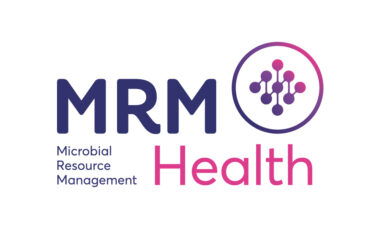A large study of older Australians has found more would exercise - and exercise better - if classes were subsidised.
The Monash University research studied exercise classes all over the country, which had been commissioned and run by national exercise industry group, Exercise and Sports Science Australia (ESSA). The classes involved 7,000 people over the age of 65 living in the community.
The research found subsidised 12-week exercise classes of low-to-moderate intensity, and run by accredited exercise professionals, led to “significant improvements in physical function" and less time sitting. The findings are outlined in three new studies published in the Journal of Aging and Physical Activity, BMC Geriatrics and Journal of Science and Medicine in Sport.
The research was led by Dr Christina Ekegren with Rehabilitation, Ageing and Independent Living (RAIL) Research Centre Associate Professor Sze-Ee Soh and Associate Professor Darshini Ayton and Professor Helen Skouteris from the School of Public Health and Preventive Medicine.
The primary aim was to determine factors associated with participation in community-based exercise classes of older Australians. A secondary aim was to investigate the association between participation and changes in physical activity levels. The study also measured the cost utility of the program.
Dr Ekegren said the research project was important for understanding the effectiveness and cost-effectiveness of subsidised classes for older adults, and which types of exercise older adults are most likely to enjoy.
“Despite some of the barriers that older adults face in engaging with exercise programs, there is still significant potential for improvements in strength, mobility and physical activity participation,” Dr Ekegren said. “So far, few studies of this scale have been completed in Australia so this research will help cement what we know about the effectiveness and cost-effectiveness of exercise for older adults.”
The ‘Exercise Right for Active Ageing’ program reached older Australians from every state and territory, including those from regional and remote parts of Australia, and including some aged over 85 years. Many had high levels of comorbidity.
ESSA received Australian Government funding via the Australian Sports Commission to initiate and run the classes, which were taught by accredited exercise scientists (AESs) and physiologists (AEPs) within community-based facilities such as fitness centres and community health centres, in metropolitan, regional, and remote areas.
The classes studied included aerobics, aqua aerobics, pilates, balance, yoga, circuits and gym. Each participant paid an average $8 per class.
The driver for the program relates to a key recommendation from the World Health Organization Global Action Plan on Physical Activity which recommends nations should strengthen physical activity programs and services for older adults.
According to the WHO Global Action Plan, older adults worldwide are not physically active enough, with up to 60 per cent failing to meet current global physical activity guidelines. WHO’s key recommendation is better access to exercise programmes.
Cost has also been reported as a major barrier to participating in exercise programs for older adults. Research has also suggested that older adults would benefit from receiving financial subsidies, from governments for example, for group exercise classes.
ESSA president Dr Brendan Joss said staying physically active was incredibly important for good physical and mental health and to reduce the risk of multiple health conditions.
“We need to strengthen physical activity programs for older adults with scalable, affordable and effective programs that address the health concerns of our ageing population," Dr Joss said. "Subsidised exercise classes delivered by an accredited professional that accommodate for physical limitations and reduce stigma is essential to get more older Australians moving."
Funding subsidies, Dr Joss said, would be an "effective low-cost strategy for improving the health outcomes and quality of life for older Australians that governments can introduce now."
Physical improvements were measured by the accredited exercise physiologists running the classes. Improvements were shown in sit-to-stand exercises, timed up-and-go tests, right and left reach and waist measurement.
“The sheer numbers of older people who signed up for this program show the need for subsidised classes,” Dr Ekegren said. “The classes ESSA provided were popular and valued and had a real impact on quality of life, especially in rural and regional areas.”
For media enquiries please contact: Monash University
Cheryl Critchley – Media and Communications Manager (medical)
E: [email protected]
T: +61 (0) 477 571 442
For more Monash media stories, visit our news and events site
For general media enquiries please contact:
Monash Media
E: [email protected]
T: +61 (0) 3 9903 4840
***ENDS***


